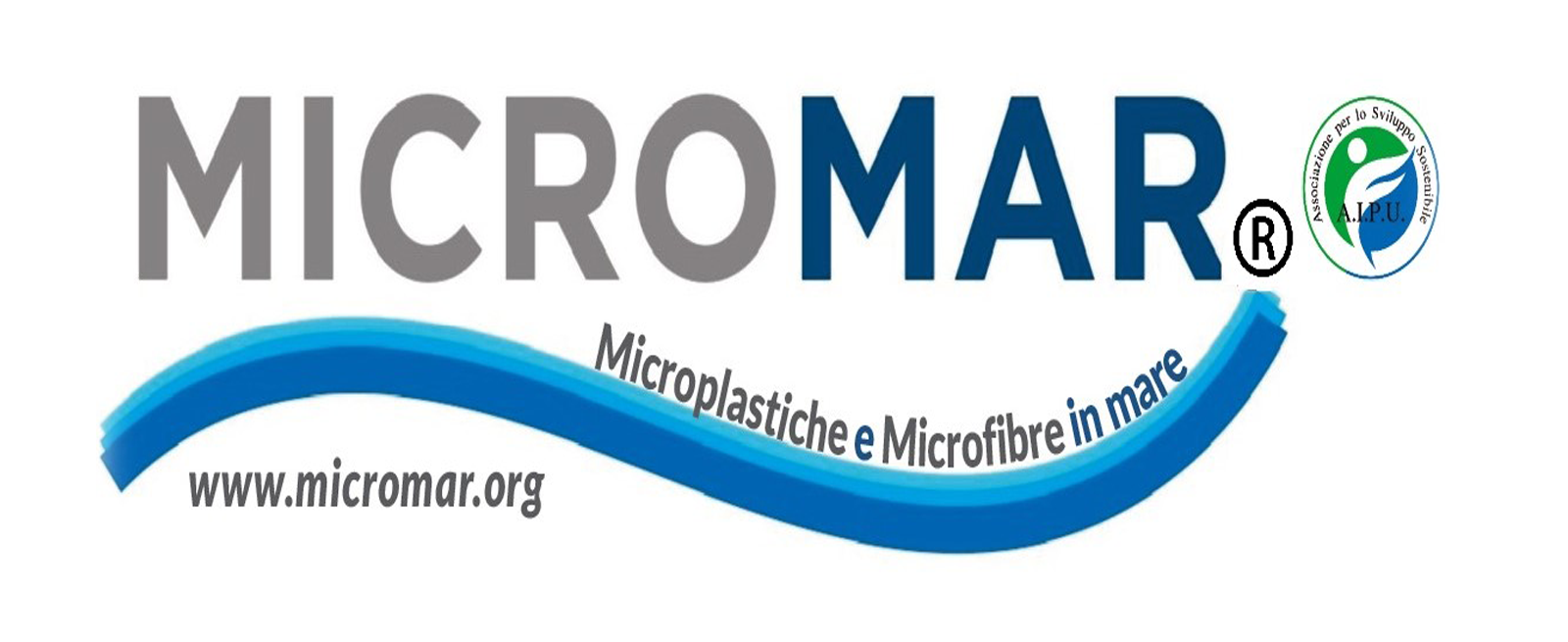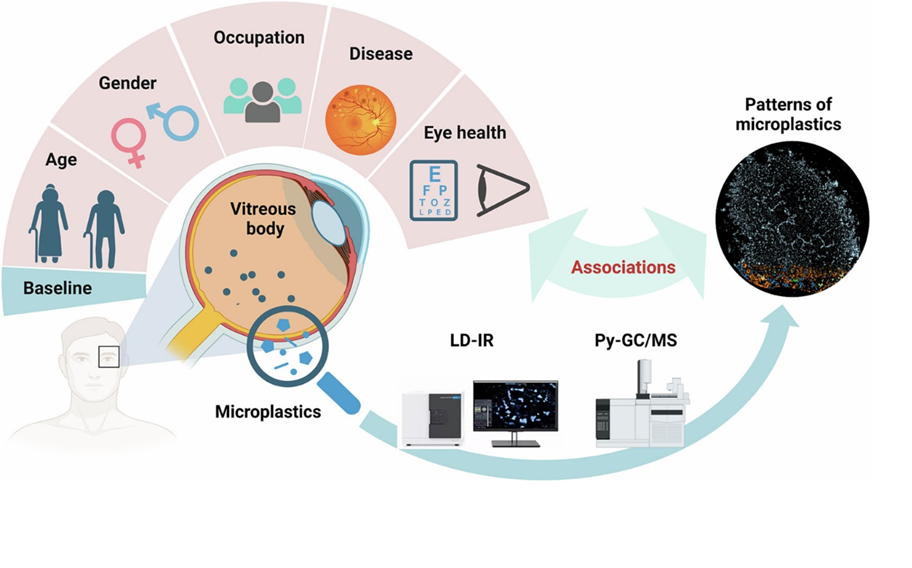New Chinese research has detected microplastics in the vitreous body of a sample of 49 patients with eye conditions, raising concerns about possible health implications.
As explained by the researchers, microplastics have raised increasing health concerns in recent years due to their detection in various human biological samples. However, no study so far had investigated their presence in ocular tissues. To overcome this lack, the research team looked for microplastics in the eyes, and in particular in the vitreous body (a connective tissue that occupies the cavity of the eyeball), of a sample made up of 49 subjects (aged between 30 and 80 years old) with eye diseases followed in two medical centers in China. Among the pathologies they were suffering from, the researchers report macular hole, macular epiretinal membrane, retinopathy and retinal detachment. By scanning samples taken from patients' ocular tissues, using two specific infrared spectroscopy techniques, the researchers identified over 1745 plastic particles in the vitreous body of the sample, with dimensions less than 50 μm.
The results
Among the microplastics identified, nylon 66 was found to be the most present, followed by polyvinyl chloride and polystyrene. The researchers also noted possible correlations between microplastic levels and key parameters of ocular health, such as intraocular pressure and the presence of aqueous humor opacities. In particular, “individuals suffering from retinopathy demonstrated greater ocular health risks associated with microplastics,” the research team reported in the pages of the specialized journal. However, further studies will be needed to confirm this link. “In summary, this research provides significant insights into the infiltration of microplastics within the human eye, shedding light on their potential implications for ocular health and supporting further exploration of this emerging health risk,” the researchers concluded. researchers.
The relatd link is there: sciencedirect


 English (United Kingdom)
English (United Kingdom)  Italiano (it-IT)
Italiano (it-IT) 